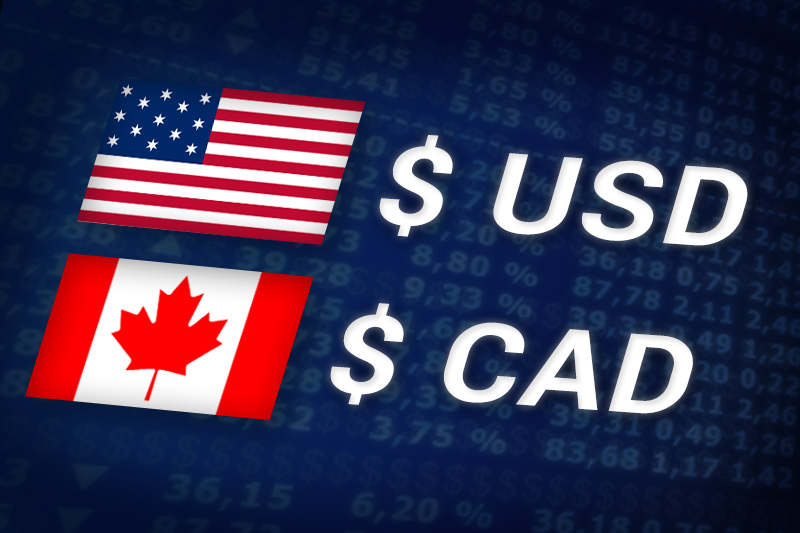Investing.com – The U.S. dollar pared gains against its Canadian counterpart on Tuesday, pulling back from a two-week high as concerns the U.S. economic recovery was faltering weighed on the greenback.
USD/CAD hit 0.9617 during U.S. morning trade, the pair’s highest since July 18; the pair subsequently consolidated at 0.9577, gaining 0.06%.
The pair was likely to find support at 0.9490, Monday’s low and resistance at 0.9635, the high of July 18.
The Bureau of Economic Analysis said earlier that its seasonally adjusted core PCE price index rose by 0.1% in June, disappointing expectations for a 0.2% gain.
The report showed that U.S. personal income rose by 0.1% in June, the smallest gain since last November and disappointing exceptions for a 0.2% increase. U.S. personal spending unexpectedly dropped 0.2%, the first decline in nearly two years.
Meanwhile, the U.S. House of Representatives passed a bill to raise the U.S. debt ceiling by at least USD2.1 trillion late Monday. The U.S. Senate was expected to vote in favor of the bill later in the day.
However, concerns that the deal to raise the U.S. debt ceiling would not be sufficient to prevent ratings agencies from cutting the U.S. sovereign debt rating continued to weigh on the greenback.
The Canadian dollar also found support after crude oil for delivery in September clawed back from a five-week low to trade at USD94.88 on the New York Mercantile Exchange, edging 0.4% lower after being down as much as 1.35% earlier.
Raw materials, including oil account for about half of Canada’s export revenue.
Meanwhile, the Canadian dollar was up against the euro, with EUR/CAD easing down 0.03% to hit 1.3631.
Earlier Tuesday, Italian and Spanish bond yields surged to euro-lifetime highs, adding to fears that the region’s debt crisis could spread to core economies despite the recent bailout deal for Greece.
USD/CAD hit 0.9617 during U.S. morning trade, the pair’s highest since July 18; the pair subsequently consolidated at 0.9577, gaining 0.06%.
The pair was likely to find support at 0.9490, Monday’s low and resistance at 0.9635, the high of July 18.
The Bureau of Economic Analysis said earlier that its seasonally adjusted core PCE price index rose by 0.1% in June, disappointing expectations for a 0.2% gain.
The report showed that U.S. personal income rose by 0.1% in June, the smallest gain since last November and disappointing exceptions for a 0.2% increase. U.S. personal spending unexpectedly dropped 0.2%, the first decline in nearly two years.
Meanwhile, the U.S. House of Representatives passed a bill to raise the U.S. debt ceiling by at least USD2.1 trillion late Monday. The U.S. Senate was expected to vote in favor of the bill later in the day.
However, concerns that the deal to raise the U.S. debt ceiling would not be sufficient to prevent ratings agencies from cutting the U.S. sovereign debt rating continued to weigh on the greenback.
The Canadian dollar also found support after crude oil for delivery in September clawed back from a five-week low to trade at USD94.88 on the New York Mercantile Exchange, edging 0.4% lower after being down as much as 1.35% earlier.
Raw materials, including oil account for about half of Canada’s export revenue.
Meanwhile, the Canadian dollar was up against the euro, with EUR/CAD easing down 0.03% to hit 1.3631.
Earlier Tuesday, Italian and Spanish bond yields surged to euro-lifetime highs, adding to fears that the region’s debt crisis could spread to core economies despite the recent bailout deal for Greece.
